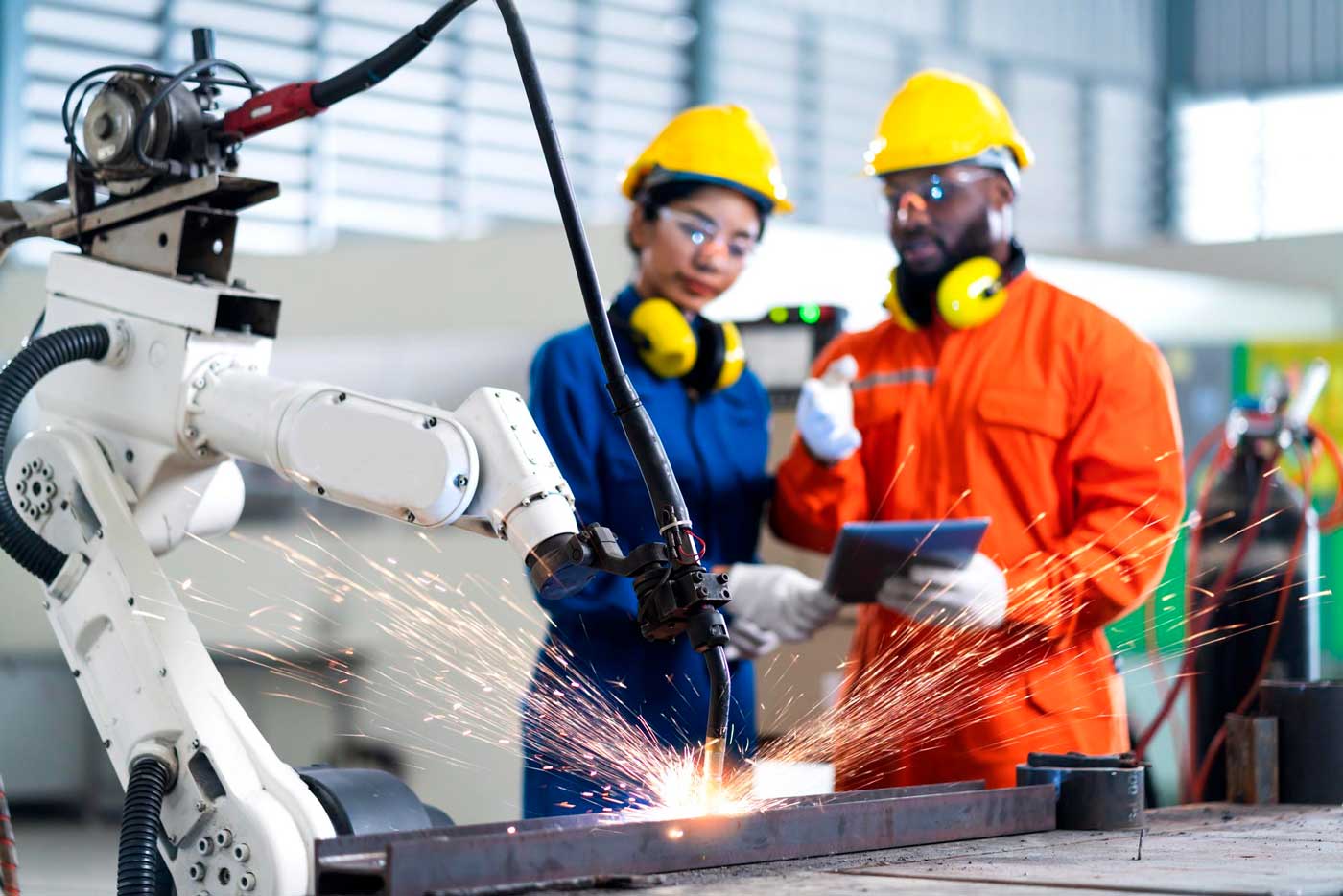
The industry of CNC Machining has grown exponentially over the last decade with 2020 breaking a massive benchmark. This year, the industry is predicted to bring in over $5 billion in revenue. That’s astronomical in comparison to where the burgeoning industry was only five years ago. 2020 has been a year of technological innovation and disruption. As the year closes out, that trend seems to only be intensifying. It’s important to look back over the year and see what trends were influential and how they’ll continue to transform the world as the year comes to a close.
Here are the three most important changes to the CNC machining service industry during 2020:
- The Year of Expertise
2020 set the record straight. Nothing beats expertise. As advancements in CNC technology has dwindled the number of manufacturing personnel necessary to complete a task, concern has spread about the future job market. The truth though, is that many of these jobs have transitioned to higher education rolls. The problem isn’t in scarcity, it’s in training and education.As the technology becomes more complex, the ability to be an expert or master requires a deeper understanding. It’s no longer possible for someone to know a topic an inch thick and a mile wide. That strategy is becoming outdated in the technology space. Instead, jobs are requiring an intense understanding of specific technology points. This shift is creating an exciting and new job market full of possibility. It’s also creating an education gap that needs to be filled. As the decade rolls on, it will be interesting to see how the industry responds to the demands of a technologically dense future.
- 6-Axis CNC Machining
6-Axis CNC Machining is a game changer that’s revolution has only begun. It’s ability to output finished products quicker and more efficiently means that multi-axel manufacturing isn’t going anywhere. “How quickly will the new style infiltrate smaller manufacturers,” is one of the primary questions looming as 2020 draws to a close. With how rapidly technology tends to expand and grow, there’s a chance 6-axis CNC machining becomes the standard within five years.With multi-axel machining’s ability to create a final product without running equipment numerous times, the advantage is just too great for previous models to maintain prominence. It’s estimated that 6-axis CNC machines cutdown production time by seventy-five percent. That’s a stat that seems too good to be true. Though, anyone who’s seen these machines at work knows that that seventy-five percent is honest.
The 6-axis machines aren’t just faster though. They will also sustain for longer. I recently spoke with a business owner who worked on decorative concrete in Elm Grove. He spoke directly to this, stating that a 6-axis machine requires less operational output, leading to a significant decrease in the likelihood of the machinery breaking down. Making the new technology a better investment in every way.
- 3D Printings Long March to Dominance
It’s been fairly clear for the last several years that 3D printing has changed everything. There’s no going back to the way things were. The initial product design face is outrageously fast compared to a decade ago. New products are being workshops and built in days versus weeks. The advantage of being able to detect any structural flaws with a scale model is mind blowingly powerful. Yet, all of that has been known for the past five years. So, how is this a consideration for 2020? Because of how easy it has become for people to access 3D printers. They have equalized the market in a way that had previously been unheard of. 3D printers are simple and cheap compared to manufacturing large-scale designs. This makes it easier than ever for local or startup businesses to compete with major manufacturers. They may be at a disadvantage when it comes to distribution, but the 3D printing disruption has changed the world forever.3D printing is a perfect encapsulation of where the 2020s are heading. As globalization grows, manufacturing and CNC machining at the forefront of business competition.
Changeups in the market are well at hand. With 3D printing and education gaps, there is room for major shakeups in the industry leaders. Knowledge is the ultimate weapon as we fully move into the new decade. 2020 has primarily been a transition year for the CNC machining industry and it seems like 2021 may follow suit. Though, they are only precursors to a decade that will be full of dramatic change and reformation.
